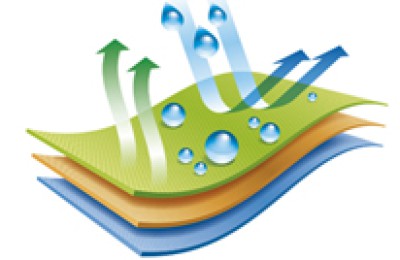The principle of sanding processing is to use emery paper covered on a rapidly rotating roller to continuously grind the fibers on the surface of the fabric, thereby producing a plush effect. At the same time, the softness of the fabric has also been greatly improved. Water-jet woven fabrics mainly used for sanding include suede and peach skin. Polyester fine denier and ultra-fine denier fabrics must be sanded to achieve their respective predetermined style effects.
But The raw silk used for sanding has different requirements from conventional fabrics. The main requirements are:
(1) The surface of the fabric used for sanding must be even and smooth, otherwise the sanding effect will be affected. . The so-called uniformity includes three requirements.
① The gray fabric is not allowed to have creases. Even very small creases will cause sanding strips, that is, the local sanding of the wrinkles is too heavy, too light, or cannot be sanded at all.
②The impact of reed roads. Because of the existence of the reed, the warp and weft of the silk surface are not on the same plane, resulting in uneven grinding, and also produce common defects similar to sanding strips.
③The surface of the reed for weaving gray cloth must be smooth, otherwise the uneven distribution of weft loops will cause uneven grinding of the entire cloth surface, thus affecting the basic style and appearance of the fabric. Effect.
(2) Requirements for fabric design. The main problem is the configuration of longitude and latitude density. When sandpaper is used to grind fabrics, the first thing that is ground is the floating and protruding threads (warp or weft) in the fabric. Therefore, when designing the ratio of warp and weft density of fabrics, it is necessary to fully consider that the phase threads intended to be sanded must be higher than the other phase threads. This requires overall consideration of factors such as the thickness of the warp and weft yarns and the fabric structure to arrive at a reasonable warp and weft density configuration. Otherwise, it will seriously affect the sanding effect, and even end up grinding things that should not be ground. That phase of silk thread. Of course, measures such as shrinking can also be taken during post-processing to make up for it, but if the basic structure is unreasonable, the effect of the final product will be compromised.
(3) The fabrics used for blank grinding have the most stringent requirements. The blank grinding method has unique advantages.
① The cost is low because the fabric is directly put on the sanding machine after being loomed, thus eliminating several processes such as drying, inspection and pre-shaping.
② It feels good. When drying in the hot drying drum of the sanding machine, the fabric is subject to tension in the warp direction, so the weft yarn loops become more convex after narrowing in the weft direction, making the subsequent grinding effect better. , and since the temperature of the drying cylinder is only about 100°C, the gray fabric can still be loosened and shrunk after grinding. However, the method of blank grinding itself determines that the fabric must be inspected on the machine. Therefore, the requirements for fabric quality will be very strict, because there is no critical check of blank inspection. At the same time, creases and other defects that are not conducive to grinding are absolutely not allowed. This means that all preparations for the subsequent polishing operation must be made at once on the water-jet loom. </p







